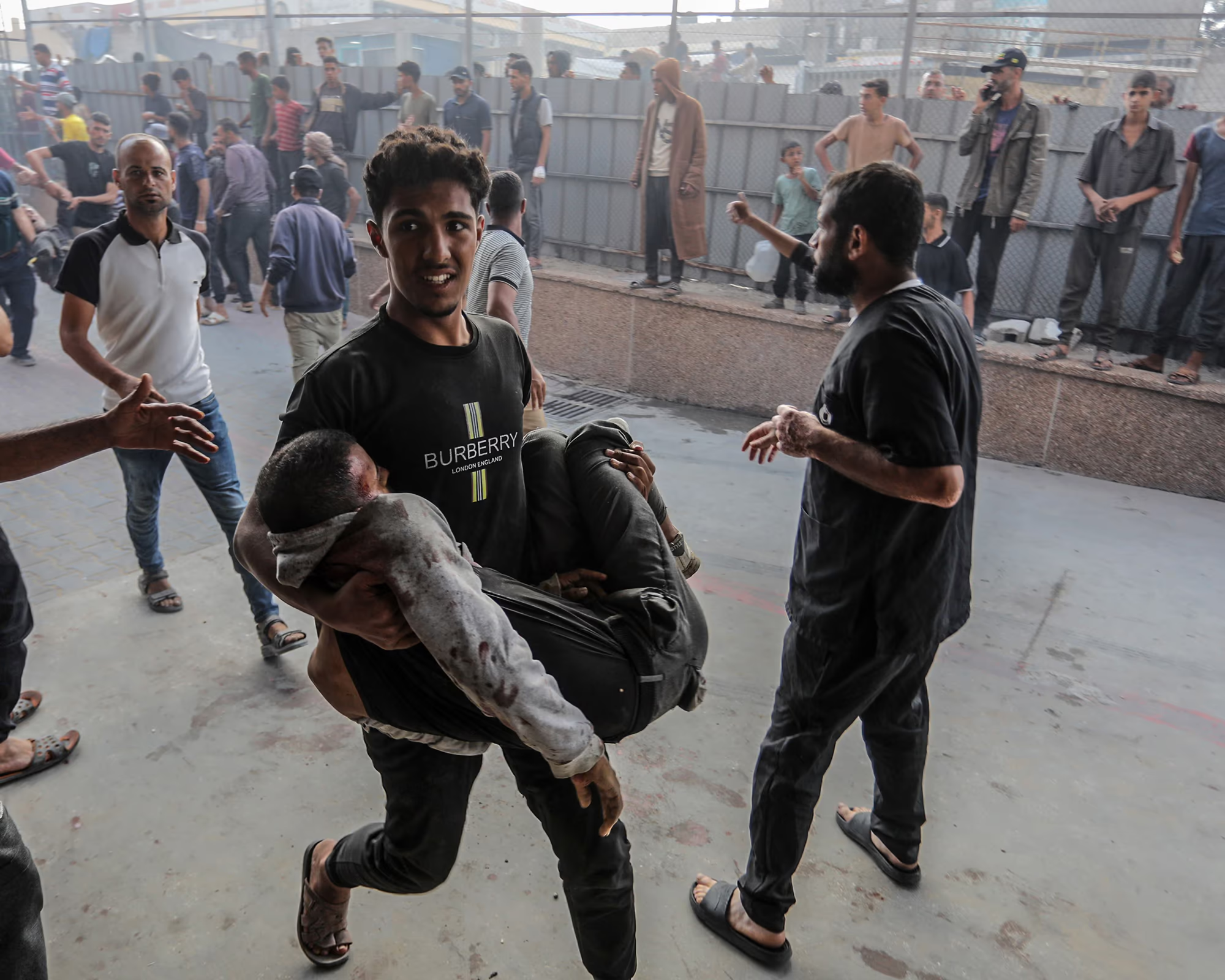On Tuesday morning, Israeli forces opened fire near a group of Palestinians heading to a humanitarian aid distribution point in southern Gaza. According to the enclave’s Health Ministry, at least 27 people were killed and dozens injured. It was the second such incident in the area in two days—earlier reports cited 23 deaths.
The incident took place in a zone where a new food distribution system, organized by a private U.S. contractor at Israel’s initiative, has recently been implemented. It replaces the now-halted UN humanitarian program and has already sparked sharp controversy. While Israel describes the scheme as a tool for countering Hamas, international and humanitarian organizations warn that it poses serious risks to civilians.
According to the Israeli military, troops fired at "several suspects" who deviated from the designated route and ignored warning shots. The army said it was "aware of reports of casualties" and was conducting a review. A military spokesperson declined to specify what threat the individuals posed to soldiers.
The shooting occurred roughly half a kilometer from a newly established food distribution site—an area that has become increasingly tense since the launch of Israel’s new aid delivery system. On Sunday, a similar incident took place in the same vicinity, with Palestinian authorities reporting at least 23 fatalities.
The humanitarian crisis in Gaza continues to worsen. Following an almost complete blockade from March through May, international organizations now warn of widespread hunger. Israel insists the new delivery system is necessary to prevent Hamas from seizing aid and reselling it at inflated prices. The UN, however, argues that the scheme exposes civilians to danger by forcing them to travel long distances for food and may be part of a strategy to push residents out of northern Gaza.
The new system is managed by the privately run Gaza Humanitarian Foundation in cooperation with U.S. contractors. Food is distributed mainly in areas of southern Gaza under Israeli military control. Unlike the previous UN-led model, which operated around 400 distribution points across the enclave, the new approach focuses on a limited number of locations. On Tuesday, the foundation stated that the shooting occurred "well outside" one of its sites and had not disrupted its operations, which it described as "proceeding safely."
Humanitarian organizations have sharply condemned the new system. "Today’s events once again demonstrate that the scheme is degrading, dangerous, and profoundly ineffective," said Claire Manera, coordinator for Médecins Sans Frontières. She emphasized that humanitarian aid should be delivered by professional organizations capable of ensuring both safety and efficiency.
The casualties were described by Dr. Ahmad al-Farra, senior administrator at Nasser Hospital in Khan Younis, located just a few miles from the site of the shooting. He said bodies began arriving at the hospital around 6 a.m.—a total of 19. Most of the victims were children aged 10 to 13, many with gunshot wounds to the head and chest. Because of the security situation, ambulances were unable to reach the area, and the bodies had to be carried in by hand.
Al-Farra added that the hospital is facing an acute shortage of supplies: "We haven’t had a single sterile bandage for three days." Medical staff have been forced to borrow basic materials from the nearest field hospital.
Meanwhile, some Israeli politicians are accusing Hamas of orchestrating provocations aimed at disrupting the new distribution scheme. "Hamas is under pressure because of the food distribution operation managed by an American company and is trying to sabotage it by any means," said former Prime Minister Naftali Bennett. According to him, Hamas seeks to regain control over food supplies as a means of controlling the population—something Israel is determined to prevent.
Might Over Right

At Least 51 Killed in Khan Younis
Israeli Forces Once Again Open Fire Near Humanitarian Aid Distribution Point

Israel Consolidates Control Over the West Bank Through Administrative, Demographic, and Military Measures
De Facto Annexation Is Becoming Official Policy

Israeli Strike on Gaza School Kills 33—Army Says Militants Were Hiding in the Building

Israel Launches Airstrike on Jabalia
At Least 48 Dead, Including 22 Children

Israel Keeps Gaza Under Total Blockade, Cutting Two Million People Off From Food, Water, and Medicine
This Is Not a Humanitarian Crisis—It’s a Deliberate Siege

Blockade and Economic Devastation Leave Gaza Without Food
Families Survive on Canned Goods and Aid

